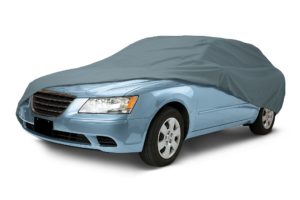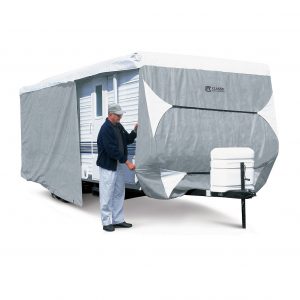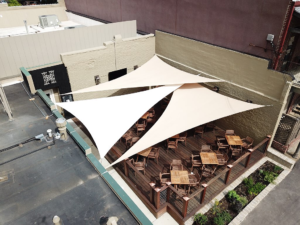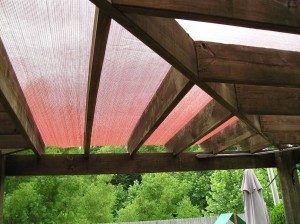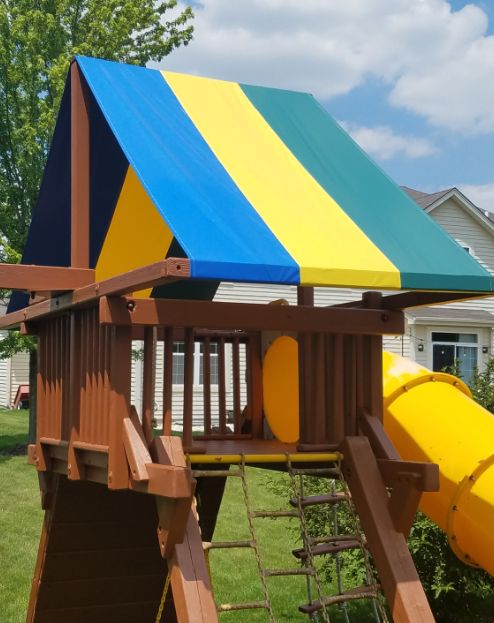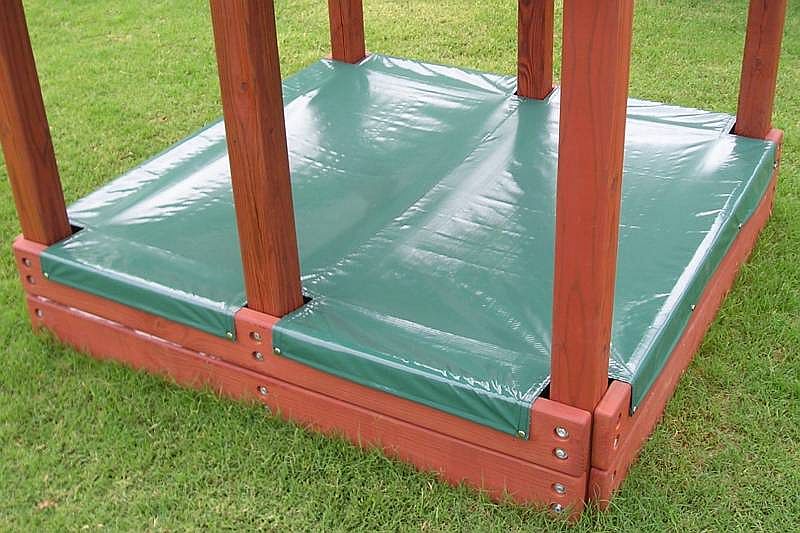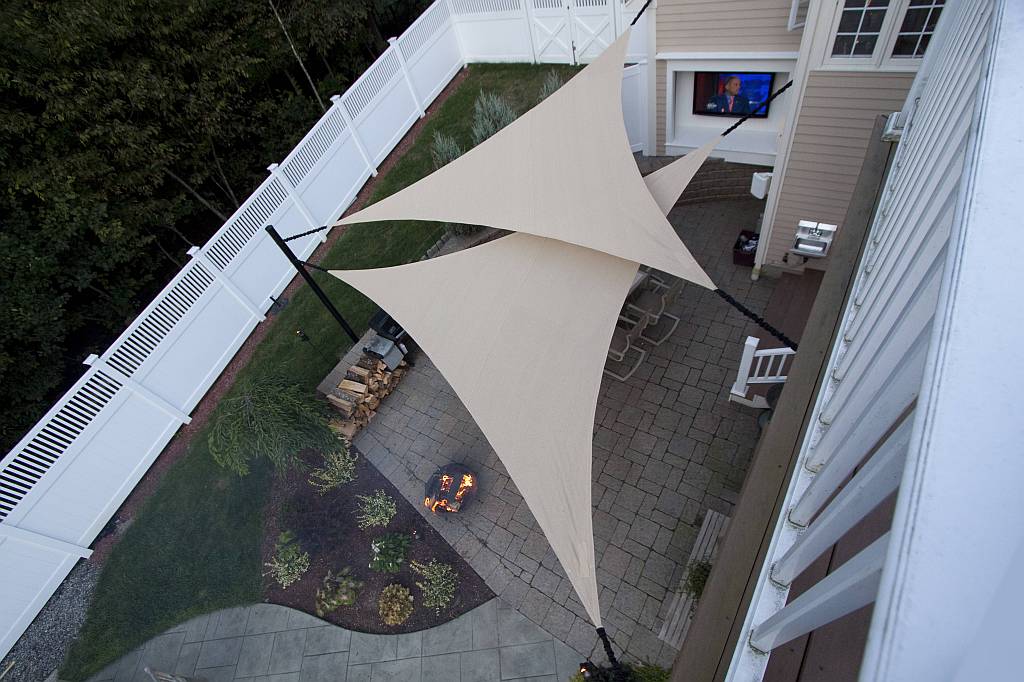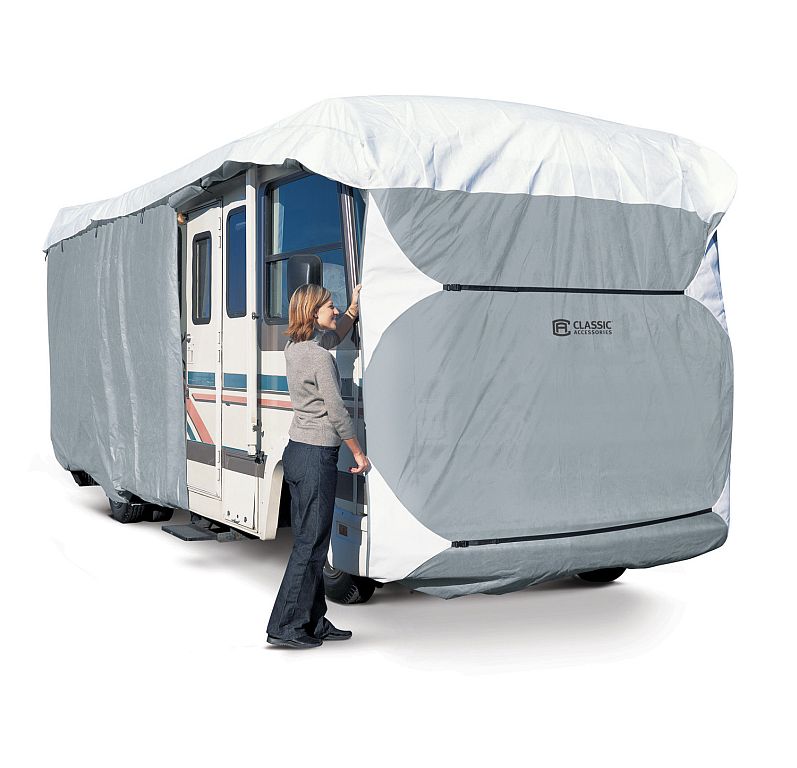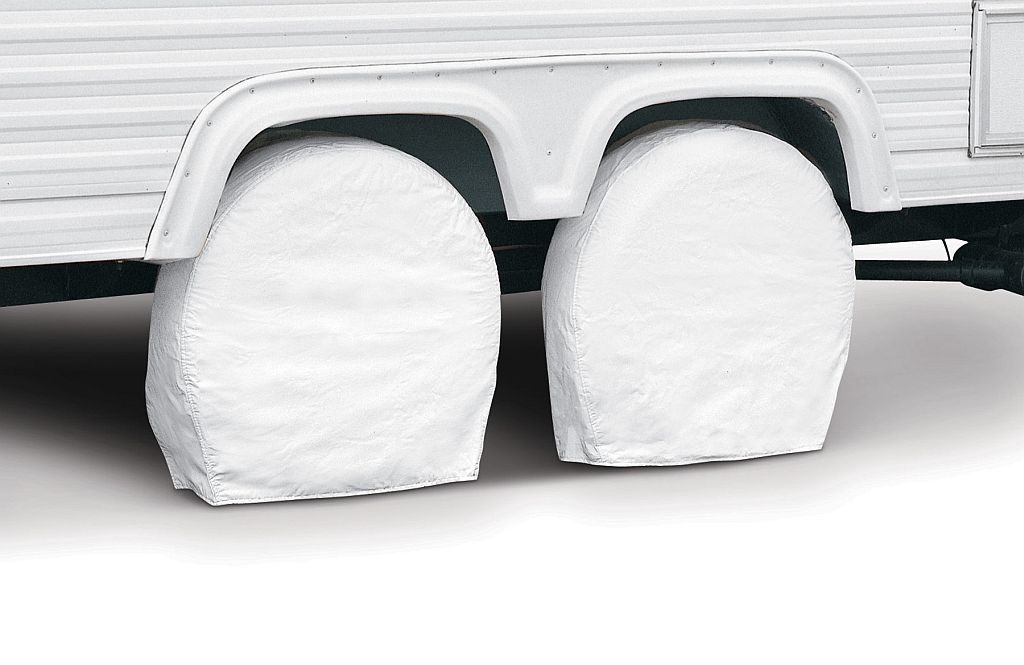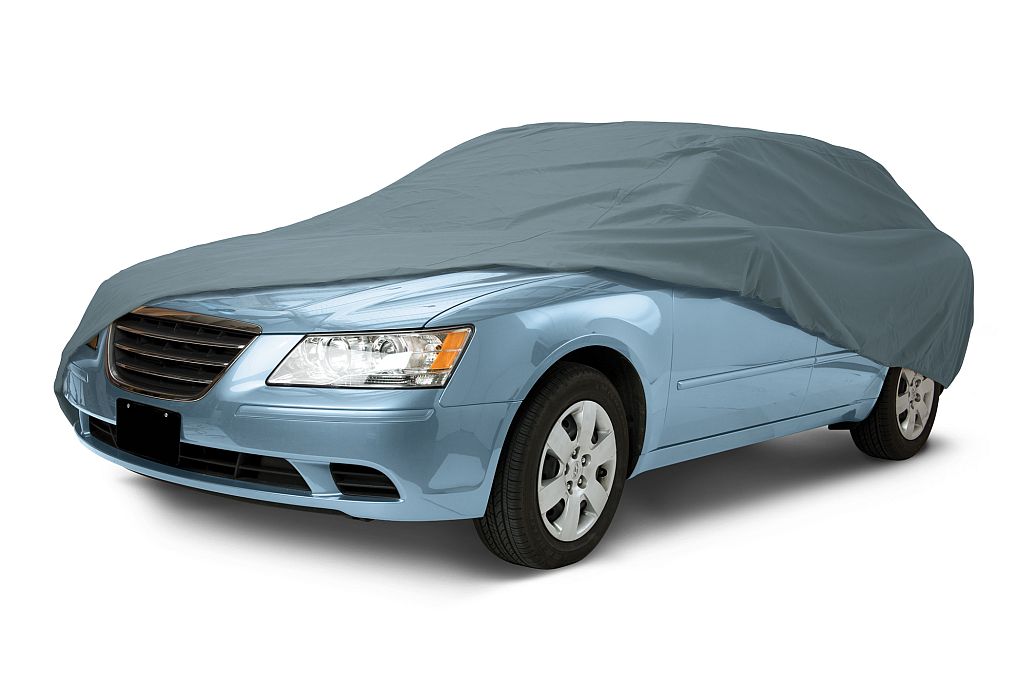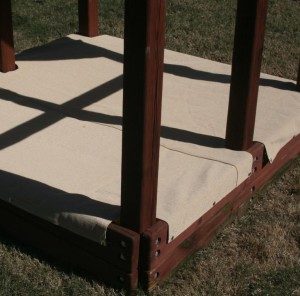
Sandboxes are as popular today as they were 50 years ago, despite the influence of television and video games. They are a sanctuary where children can escape into their very own fantasy worlds. It’s the very simplicity of sand and sandboxes which allows the imagination to run wild.
Children are free to engage their creative ideas to the fullest because there is nothing about sand that suggests to children how they should play with it.
It comes with no instructions and is utterly, wonderfully uncomplicated. Additionally, it doesn’t matter whether children have access to elaborate sand tools, or cups and spoons from the kitchen, or just their hands and feet, a sandbox can transform into anything they can imagine.
Will it be a construction site where skyscrapers, roads, and tunnels come to life? Or, perhaps a medieval kingdom with castles, moats, and a dragon’s lair?
The only tools required are found in a child’s mind. Just as children can be creative while playing in a sandbox, you can also be creative in the design and construction of one. From a simple one made from four pieces of wood, to a kit that includes one attached to other playground equipment, your options are endless.
Always keep safety in mind when constructing and designing a sandbox. If it is not already built into a playground unit, be sure to place it in a safe area away from swing sets and slides. Also, examine your sandbox regularly to look for sharp objects, edges that could cut or splinter, and exposed nails or screws that could be harmful to children.
Not only is it important to watch for potential hazards in and around your sandbox, it is also important to keep it as clean as possible. Dirt, leaves, sticks, insects, bugs, and even the occasional visit from the neighborhood cat can turn your sandbox into a not so desirable play area for children.
Using a Sandbox Cover is always recommended and can be as simple as a tarp or a piece of wood that fits over the top.
You can also purchase a custom sandbox cover that fastens to the sandbox ensuring a secure fit. Custom sandbox covers can be made from a mesh material or from a solid material which naturally keeps all debris and rain out. These Sandbox Covers are durable, attractive, and come in a variety of different colors.
When it really comes down to it, sand and sandboxes are the most cost effective “toys” that you could ever provide for your children. Sandboxes encourage outdoor play in fresh air, they stimulate the imagination, and they never need to be replaced by a newer model.
What’s more, sandboxes are fun for adults, too. As a parent who probably played in a sandbox as a kid, you can share special moments with your children by showing them some of your own sandbox adventures.
All in all, there seems to be no limit to the value provided by the simple sandbox.

